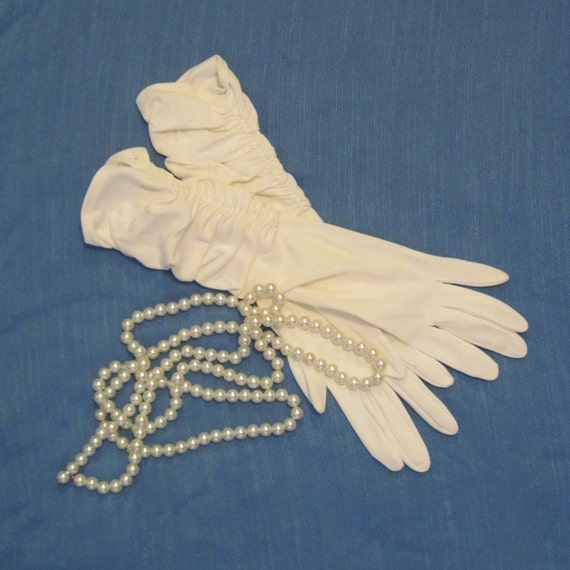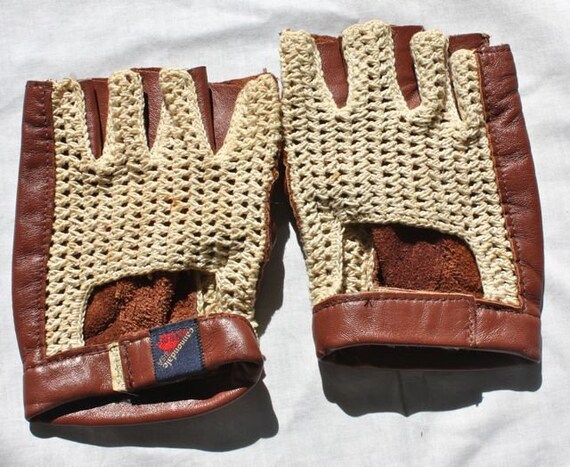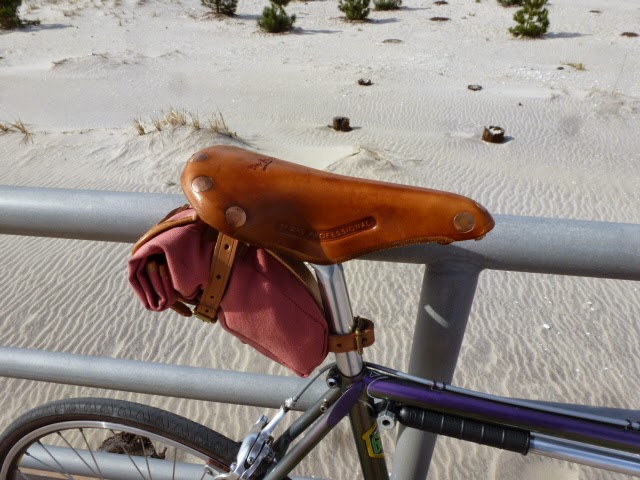During the past few years, it seems that more new handlebar shapes and configurations have come to market than I saw during my first three-plus decades as a cyclist.
I must correct myself: Most of those handlebars are revivals or updates of long-forgotten or disused designs. Velo Orange, for example, brought back the classic Porteur bar (which I ride on three of my bicycles) and Soma has been making the once- and now-popular Lauterwasser bend. We have also seen updates of--or new takes on--handlebars that never really went out of fashion, such as the North Road, Major Taylor and "moustache" handlebars. Hey, I've even seen new productions of the "bull moose" integrated handlebars and stems found on early mountain bikes like the Stumpjumper from around 1984.
As far as I know, though, no one has reproduced this handlebar:
![[IMG]](https://lh3.googleusercontent.com/blogger_img_proxy/AEn0k_t4fY9R6m5i24PnY1d7zwEyDM0Ul6si5KPcvAcTW8Auw0ZnTqNuX4F3xC9mEds9LVaHN74zTQuBGV_EmqmOMw20aTmRRTQaJhKVgnC26O9bGZ7WLetOFPMQhKMpas4nckn2cJU2IRhYeZSt=s0-d)
I'd love to know how that handlebar was made and fitted to the bike. When I enlarged the photo as much as I could, it appeared that the "wings" of the handlebars were bolted onto the stem. I don't know how else the parts could have fit together: Had the handlebar been of one piece, the "V" bend could not fit into anything resembling the round clamps we see on almost all modern stems.
Now, if you're going to ride handlebars no one else has, you have to fit them with unique grips. How about these?:

They're made from sterling silver and mother-of-pearl and were standard equipment (!) on the 1920 Columbia Ladies' Safety Bicycle.
Of course, if you're going to ride such grips, ordinary cycling gloves simply won't do. You'll need these:

I must correct myself: Most of those handlebars are revivals or updates of long-forgotten or disused designs. Velo Orange, for example, brought back the classic Porteur bar (which I ride on three of my bicycles) and Soma has been making the once- and now-popular Lauterwasser bend. We have also seen updates of--or new takes on--handlebars that never really went out of fashion, such as the North Road, Major Taylor and "moustache" handlebars. Hey, I've even seen new productions of the "bull moose" integrated handlebars and stems found on early mountain bikes like the Stumpjumper from around 1984.
As far as I know, though, no one has reproduced this handlebar:
I'd love to know how that handlebar was made and fitted to the bike. When I enlarged the photo as much as I could, it appeared that the "wings" of the handlebars were bolted onto the stem. I don't know how else the parts could have fit together: Had the handlebar been of one piece, the "V" bend could not fit into anything resembling the round clamps we see on almost all modern stems.
Now, if you're going to ride handlebars no one else has, you have to fit them with unique grips. How about these?:
They're made from sterling silver and mother-of-pearl and were standard equipment (!) on the 1920 Columbia Ladies' Safety Bicycle.
Of course, if you're going to ride such grips, ordinary cycling gloves simply won't do. You'll need these:


.jpg)




















